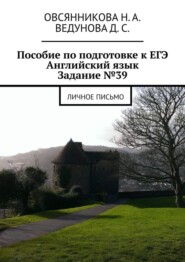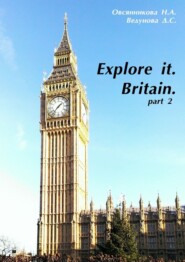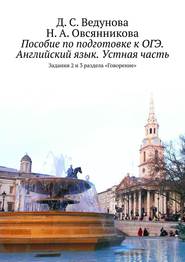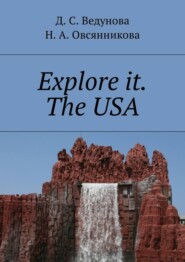По всем вопросам обращайтесь на: info@litportal.ru
(©) 2003-2024.
✖
Explore It. Australia
Настройки чтения
Размер шрифта
Высота строк
Поля
In 1983, under Prime Minister Robert Hawke, but mainly with the assistance of Treasury Secretary Paul Keating, the Australian dollar was introduced and a course of financial deregulation was set.
Since the early 1980s. and to date, the Australian economy is undergoing prolonged economic liberalization. The Australian economy has grown at an average annual rate of 3.6% for over 15 years, well above the OECD average of about 2.5%.
Demographics
On 22 August 2020, the population of Australia is estimated at 25,682,185. Australia is the 50th most populous country in the world. The population is concentrated mainly in urban areas and is expected to exceed 28 million by 2030.
Australia’s population began to grow at around 350,000 during the first British settlement in 1788, and has since expanded due to numerous waves of immigration. Also, due to immigration, the European component of the population is decreasing in percentage, as in many other Western countries.
Australia has hardly more than two people per square kilometer of its total area. At the same time, dividing the population of Australia (24,512,108 people) by its area (about 7.7 million square kilometers), we get a different number: 3.18 people per square kilometer. With 89% of its population living in urban areas, Australia is one of the most urbanized countries in the world. Average life expectancy in Australia for 2005—2010 is 81.2 years, which is one of the highest in the world.
The earliest, reliably known, information about the arrival of indigenous Australians on the continent of Australia dates back about 40,000 years ago. Most likely, the settlers came from the islands of Indonesia and Papua New Guinea.
The first inhabitants of Australia were originally hunter-gatherers who, over many generations to come, spread widely across the continent and the surrounding islands. Despite the fact that their technical skills remained rather primitive, based on the use of wood, bone, stone tools and weapons, their spiritual and social life was very complex. Most spoke several languages, and confederations sometimes formed among highly distant tribal groups. The density of the indigenous population ranged from one person per square mile along the coast to one person per 35 square miles (91 km²) in arid inland regions. Procurement of food, usually for a small family, required about 3 working days a week. Even in the more fertile southeast, they lacked agriculture.
Вы ознакомились с фрагментом книги.
Приобретайте полный текст книги у нашего партнера:
Приобретайте полный текст книги у нашего партнера:










